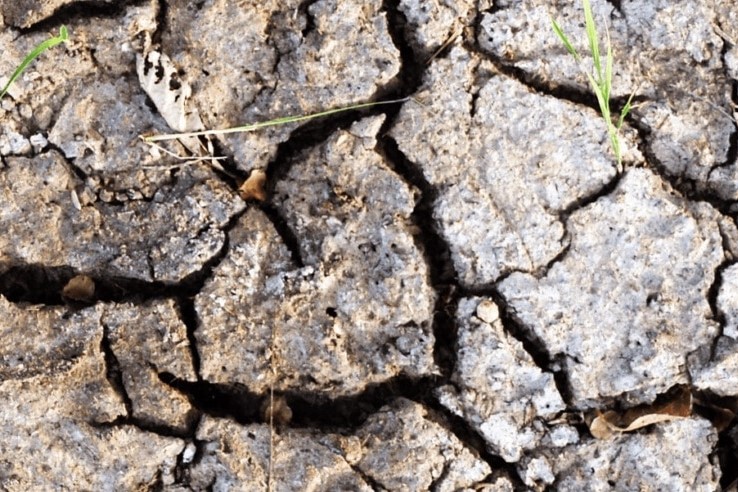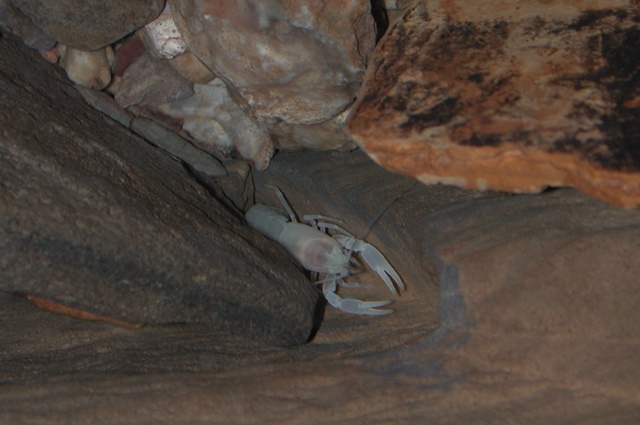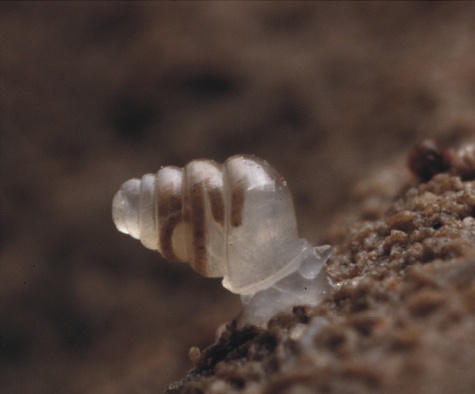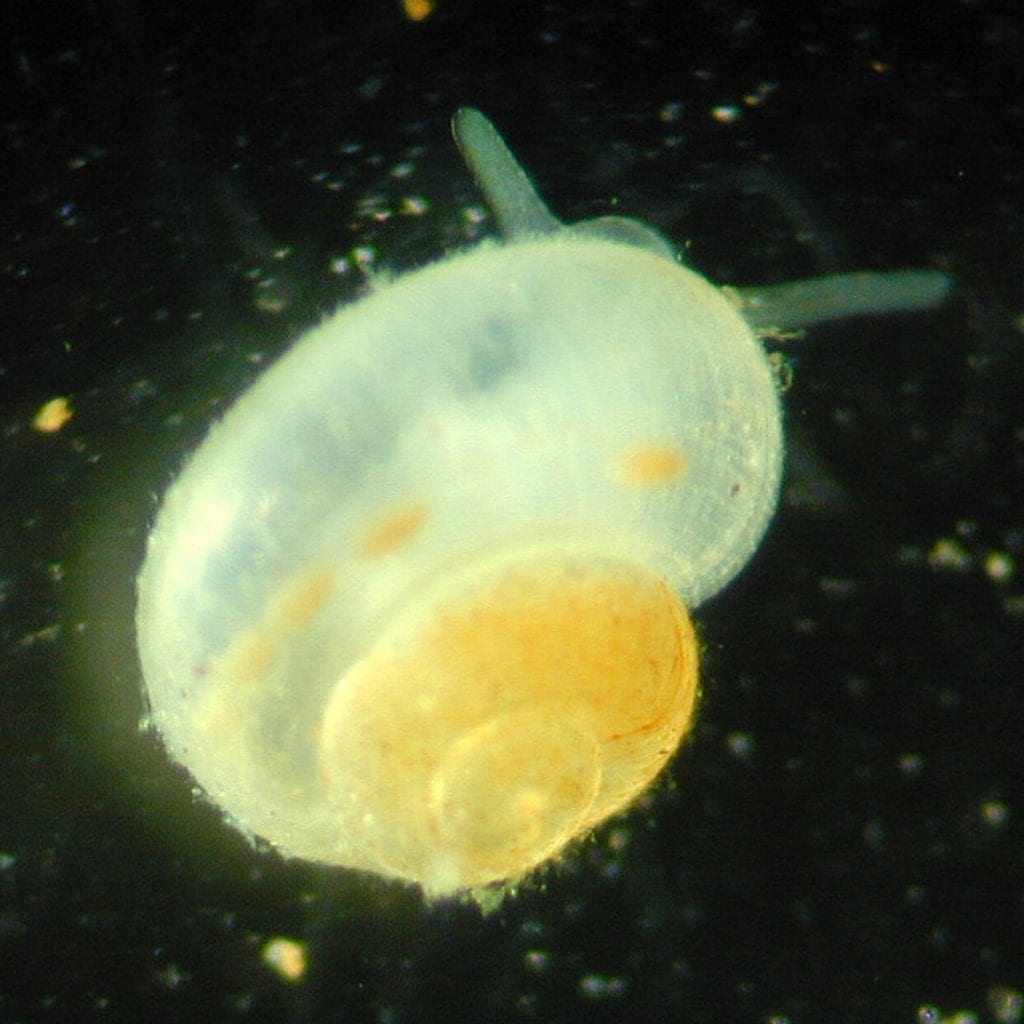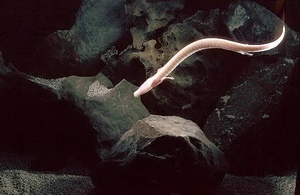
For years, Seequent’s Leapfrog software has been used in the exploration phase of mining projects to examine geological conditions, test hypotheses and assess the viability of deposits. What we didn’t know until recently is that our product, Leapfrog Geo, has also been used to model the habitat of subterranean fauna: ancient organisms that live underground and influence the health of water and soil.
Millions of years ago, Australia was part of Gondwana – a supercontinent that was covered in lush rainforests. Small organisms existed in leaf litter communities on the forest floor, eating and breaking down the dead plant material that fell there.
After the breakup of Gondwana, Australia’s climate became drier, forcing these native rainforest organisms to adapt and live underground. They became colourless and blind, and if you walk around Western Australia today, these ancient species are still living and thriving tens of metres below your feet.
These organisms (called subterranean fauna) are especially abundant in the Pilbara and Yilgarn regions of Western Australia, which is host to some of the oldest rock formations in the world. They’re a strange bunch, ranging from tiny spiders and pseudoscorpions that live in underground air pockets, to blind worm-like eels living in groundwater. Even stranger, there’s still a lot we don’t know about them.
But this is changing. Since the 1990s, companies that want to mine in Western Australia must submit an Environmental Impact Assessment to the Western Australian Environmental Protection Authority (EPA) before they begin developing a mine. One of the requirements is that they must show that no subterranean fauna species will become extinct due to their planned activities. Consequently, many of the insights about these organisms have come from mining companies trying to understand what lives on their mine sites.
What we’ve learned so far is that these organisms, which include stygofauna (aquatic organisms that live in groundwater) and troglofauna (air-breathing organisms that live in underground caves and voids), are vital for ecosystem balance. Stygofauna, for example, feed on the biofilm and organic particles in underground aquifers. If they did not exist, our aquifers would become increasingly clogged, which would result in slower water flow and reduced water quality over time.
Troglofauna have been studied less than stygofauna, but it’s speculated they contribute to soil quality. Tree roots extend below areas where soil fauna live and down into the habitats of troglofauna, so it’s thought they may help with maintaining nutrient and carbon balance in the soil.
We’ve also learned that these organisms are endemic. Meaning, they only exist in certain regions of the world (or even only in one area). And they have small ranges, making it paramount mining companies know what species may inhabit their mining area.
“In Pilbara, where the iron ore mines are, weathering in the rock has created very small voids that are not particularly well linked, and the troglofauna live in those voids. But their capacity to travel several kilometres, even over many, many generations, is extremely low. As a result, you end up with nearly all the animals in an area, found only there.” Stuart Halse said. Stuart is the Managing Director of Bennelongia Environmental Consultants, a firm in Western Australia that specialises in surveys and species identification for subterranean fauna.
Bennelongia works with mining companies in the area to help them understand what lives under the surface and where. However, determining this can sometimes be a difficult process.
“Our consultants mostly sample exploration drillholes. To find stygofauna we drop a net down into the water at the bottom of the drillhole, stir things up, and pull the net back up a few times.” Stuart explained. “For troglofauna, we set traps above the water table that have leaf litter as a bait… and hope that animals living in the surrounding matrix will be attracted by the carbon source and colonise the hole. You leave it there a couple of months, pull the trap up, and see what’s inside.”
One of the difficulties in understanding the distribution and extent of these organisms, is that exploration drillholes can be quite far apart. And often, exploration drilling stops in uneconomic areas of the mine site. So how can mining companies predict where subterranean fauna may exist, even outside of the direct mining area? 3D modelling is one solution they’re using.
“Mining companies, in the last couple of years, have strongly moved towards 3D modelling of habitat to help predict where the animals may occur, when you haven’t been able to collect them.” Stuart said.
Kathryn Gall, a Senior Geologist from our Perth office, helped one mining company use our software to predict where subterranean fauna could exist in their mining area. She worked with their ecology team to create a 3D model of potential ‘hot spots’ for the organisms. For the team, one of the greatest benefits that arose from modelling was the ability to easily share their results with stakeholders.
“When submitting to the EPA, the team was constantly getting told that there was not enough information,” Kathryn said. “The EPA needed more context. They were able to use the model to explain which species would be affected.”
The model also included information about changing water tables throughout the life of mine.
“By including the varying water tables, you could look at the changes in the subterranean fauna habitats over time,” Kathryn said. “This allowed the team to see which organisms were originally above the water table and would later be below the water table. It helped them determine the potential impact of their mining operations.”
And it’s not just the EPA Australian mining companies want to share their knowledge with. In early 2017, several mining companies participated in workshops held by the Western Australian Biodiversity Institute (WABSI). The goal was to determine gaps in subterranean fauna knowledge. Now, WABSI has created a collaborative research program to fill in the missing pieces.
For Stuart, he’s just happy that subterranean fauna are finally getting their heyday. It’s been difficult to get public support for these underground organisms, perhaps since they aren’t as appealing as pandas and tigers.
“One of the problems of subterranean fauna, in terms of getting people excited about them, is they live in the dark, they have no eyes, they’re colourless,” Stuart said.
But regardless of their lack of fur and their overabundance of limbs, Western Australia knows subterranean fauna are important to protect. As the mining industry continues to drive this research forwards, there is still much to learn about these ancient species that keep our water and soil healthy.





